Description
What is an Internal Flex PCB Antenna For 433MHz RF Transmitter?
The Internal Flex PCB Antenna For 433MHz RF Transmitter CTRF-ANTENNA-FPC-0433-2717-IPEX item is an FPC type built-antenna antenna with a 27x17mm size and RG1.13 low loss coaxial cable 100mm length U.FL MHF Ipex antenna manufactured by C&T RF Antennas Inc.
This embedded flexible PCB antenna can be used in any 433MHz wireless device for signal reception and transmission.
The Internal Flex PCB Antenna For 433MHz RF Transmitter is supplied by C&T RF Antennas Inc, the indoor-outdoor RF 433 MHz antenna manufacturer in China.
C&T RF Antennas Inc provides internal & external antennas with the antenna radio frequencies such as NFC, 169MHz, 230MHz, 315MHz, 433MHz, 868MHz, 915MHz, VHF&UHF, Lora, NB-IoT, ADS-B, GSM, GNSS, Wifi 2.4GHz, 5.8GHz, Cellular 2G 3G 4G LTE, GPS, 5G NR, etc.
C&T RF Antennas Inc. provides RF antennae with Omni & Directional antenna types such as Dipole Antennas, Whip Antennas, Marine Antennas, Router Antennas, MIMO Antennas, Combo Antennas, PCB Antennas, FPC Antennas, Spring Antennas, Magnetic Antennas, Sector Antennas, Yagi Antennas, and Accessories, etc, for IoT & M2M industries.
Contact us for the Antenna For 433MHz RF Transmitter datasheet, Antenna For 433MHz RF Transmitter pricing, and inventory on the Antenna For 433MHz RF Transmitter, or other Antenna For 433MHz RF Transmitter Antenna styles.
C&T RF Antennas Inc. manufactures the flex PCB antenna 433MHz/Sigfox/LoRa/LPWA/RFID/ISM antennas ideal for IoT, wireless communications, and ISM applications.
We also offer the flex PCB antenna of 868Mhz antennas and 915Mhz antennas for the Lora and ISM applications IoT M2M industries.
Internal Flex PCB Antenna For 433MHz RF Transmitter Specifications
Internal Flex PCB Antenna For 433MHz RF Transmitter Electrical Specifications |
|
| RF Antenna Type | Embedded FPC Antenna |
| Model | CTRF-ANTENNA-FPC-0433-2717-IPEX |
| Frequency Center | 433MHz |
| Gain | 2dBi |
| VSWR | ≤2.0 |
| Impedance | 50 Ω |
| Polarization | Vertical/Linear |
| Cable Type | RG1.13 |
| Connector | IPEX |
| Cable Length | 100mm |
| Lightning Protection | DC-Ground |
Internal Flex PCB Antenna For 433MHz RF Transmitter Mechanical Specifications |
|
| FPC Board Dimension | 27*17mm |
| Weight | Approx. 2g |
| Material | FPCB + RG Cable + U.FL connector |
| Operation Temperature | -40˚C ~ +85˚C |
| Storage Temperature | -40˚C ~ +80˚C |
| Color | Black |
| Antenna Design | Dipole Array |
| Mounting | Connector/Sticker |
| SafetyEmission and other | RoHS Compliant |
| Applications | Public Safety/LMR/P25/TETRA, ISM/SCADA/Utilities, RFID, IoT/NB-IoT/LoRa, etc. |
Flex PCB Antenna Features
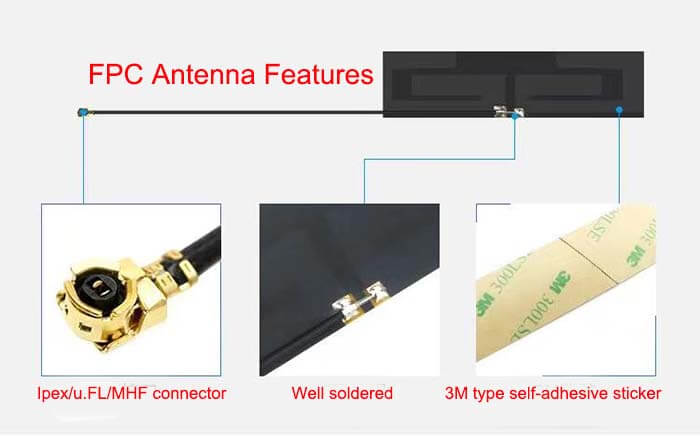

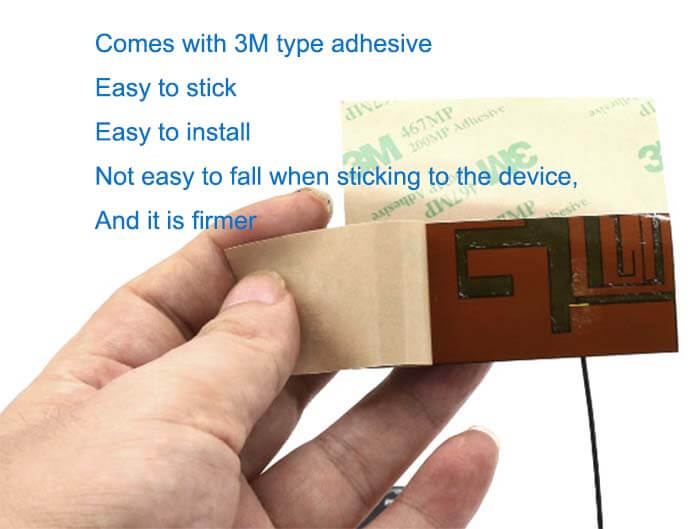
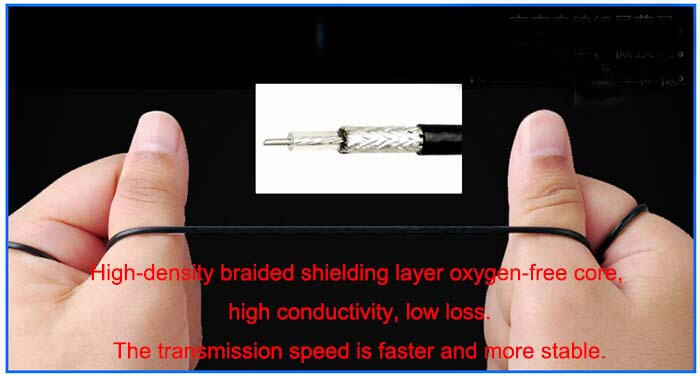

What are the characteristics of 433MHz, 2.4GHz, GPRS, and NB-IoT?
1. 433MHz wireless technology
433MHz wireless technology uses the 433MHz wireless frequency band, which is a dedicated frequency band in China. 433MHz module has a very wide range of applications.
Compared with 2.4GHz technology, it has its own unique advantages, such as long-distance, strong penetrating power, and superior diffraction ability.
The disadvantage is that the data transmission rate is only 9600bps, which is much lower than the 2.4GHz data transmission rate, so 433MHz technology is generally only suitable for applications with small data transmission volumes, especially point-to-point application scenarios. Such as LoRa, small antenna, walkie-talkie, etc.
The 433MHz wireless technology supports the topological structure of the star network and can expand the network coverage space by means of multiple base stations. Therefore, the reliability and security of its wireless communication are inferior to 2.4GHz technology.
In addition, unlike the encryption function used in the 2.4GHz technology, the 433Mhz network generally uses a transparent data transmission protocol, so its network security and reliability are also poor, and it is easy to attack and decipher.
The channels are very crowded, and environmental interference is particularly high. Walkie-talkies, in-vehicle communication equipment, and amateur communication equipment are all concentrated here.
In addition, the power consumption is large, the transmitter and antenna are bulky, and the large-scale use will affect the health of the operators.
2. 2.4GHz technology
The 2.4G frequency band is an internationally used free frequency band. This frequency band is also called the ISM frequency band. It does not refer to a frequency point but refers to the entire frequency range from 2400M to 2483.5M, a total of 83.5M bandwidth.
It can tolerate multiple different communication systems A number of different channels are used together, and the main communication systems allocated in this frequency band are Bluetooth, WiFi, Zigbee, and other communication systems.
In order to avoid possible mutual interference between the relevant departments when carrying out this frequency allocation, they have considered the different working methods between them.
At the same time, the maximum use power of these communication systems is restricted, and the influence of their wireless signals is limited to a very limited distance range. For example, in an office or a home, 100 2.4G public systems can work in this frequency band through frequency division and code division technology without interfering with each other.
3. GPRS
GPRS is the abbreviation of General Packet Radio Service Technology. It is a mobile data service available to GSM mobile phone users and belongs to data transmission technology in the second generation of mobile communications.
GPRS is different from the previous continuous channel transmission method. It is transmitted in packets. Therefore, the user’s cost is calculated in the unit of transmission data, rather than using the entire channel. It is theoretically cheaper. The transmission rate of GPRS can be increased to 56 or even 114Kbps.
Its high-speed data transmission speed is 10 times that of GSM, and it can stably transmit large-capacity high-quality audio and video files. Since it takes almost no time to establish a new connection, you can keep in touch with the network at any time, that is, online at any time.
4. NB-IoT
NB-IoT (Narrowband Internet of Things) has become an important branch of the Internet of Everything. NB-IoT is built on a cellular network and only consumes about 180kHz of bandwidth. It can be directly deployed on a GSM network, UMTS network, or LTE network to reduce deployment costs and achieve smooth upgrades.
NB-IoT is an emerging technology in the IoT field, which supports the cellular data connection of low-power devices in the wide-area network. It is also called a low-power wide-area network (LPWAN). NB-IoT supports the efficient connection of devices with long standby times and high network connection requirements.
Both GPRS and NB-IoT are applications of cellular networks.
A cellular network, also known as a mobile network, is a mobile communication hardware architecture. Because the signal coverage of the communication base stations that constitute the network coverage is hexagonal, the entire network is named like a honeycomb.
Common cellular network types are GSM network, CDMA network, 3G network, FDMA, TDMA, PDC, TACS, AMPS, etc.


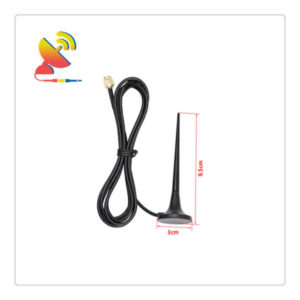
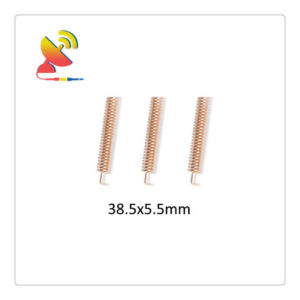
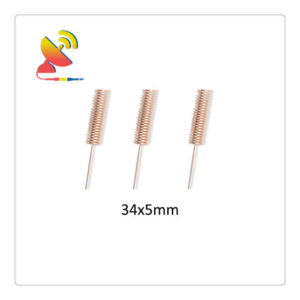
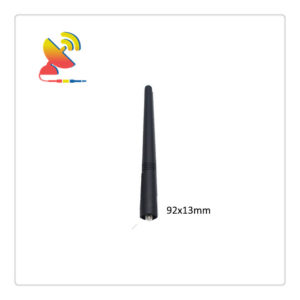
Reviews
There are no reviews yet.